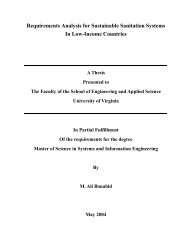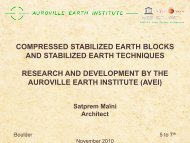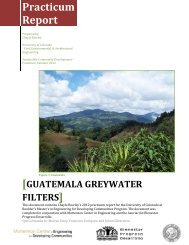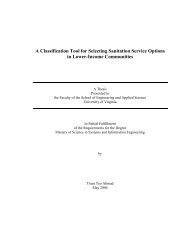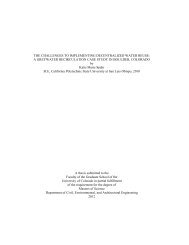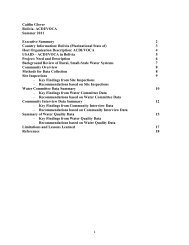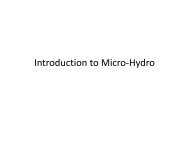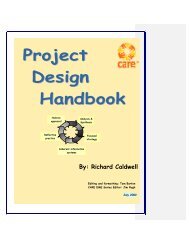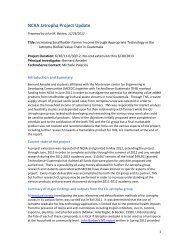SCEBs - University of Colorado Boulder
SCEBs - University of Colorado Boulder
SCEBs - University of Colorado Boulder
You also want an ePaper? Increase the reach of your titles
YUMPU automatically turns print PDFs into web optimized ePapers that Google loves.
Average UCS [psi]<br />
2000<br />
1600<br />
1200<br />
UMU #11 Average UCS vs Soil Ratio<br />
800<br />
400<br />
0<br />
Figure 4.26: Average UCS results over the range <strong>of</strong> soil mix ratios with error bars<br />
4.2.3.3. Large Block Test Results<br />
Soil mixes containing a 1:1 and a 1:3, clayey soil to sand aggregate ratio, were<br />
examined (Tables 4.14 & 4.15). Test results indicate that increasing the relative amount<br />
<strong>of</strong> clayey soil, causes a significant decrease in the strength properties measured (Tables<br />
4.16 & 4.17). This behavior can be explained by considering the structural matrix<br />
formed by the soil particles in the block. While the clay particles provide binding and<br />
cohesive forces, the sand particles interlock and provide much <strong>of</strong> the desired structural<br />
strength. An optimal mix design contains enough clayey soil to achieve satisfactory<br />
cohesion without negatively affecting the strength properties. Please see Section 3.5 for<br />
more discussion regarding this topic.<br />
2 1:2.5 3 1:3.5 4<br />
1:3.0 1:4.0<br />
Soil Mix: Clayey soil to Sand Ratio<br />
Average<br />
UCS<br />
Values<br />
Soil #11 achieved an average UCS value <strong>of</strong> 1,141 psi and an average MOR value<br />
<strong>of</strong> 135 psi. Based on the number <strong>of</strong> blocks tested, the standard deviation (measurement<br />
<strong>of</strong> variation in data) for UCS and MOR was 81 psi and 32 psi, respectively. Soil #15<br />
55



